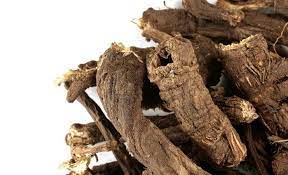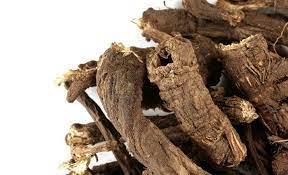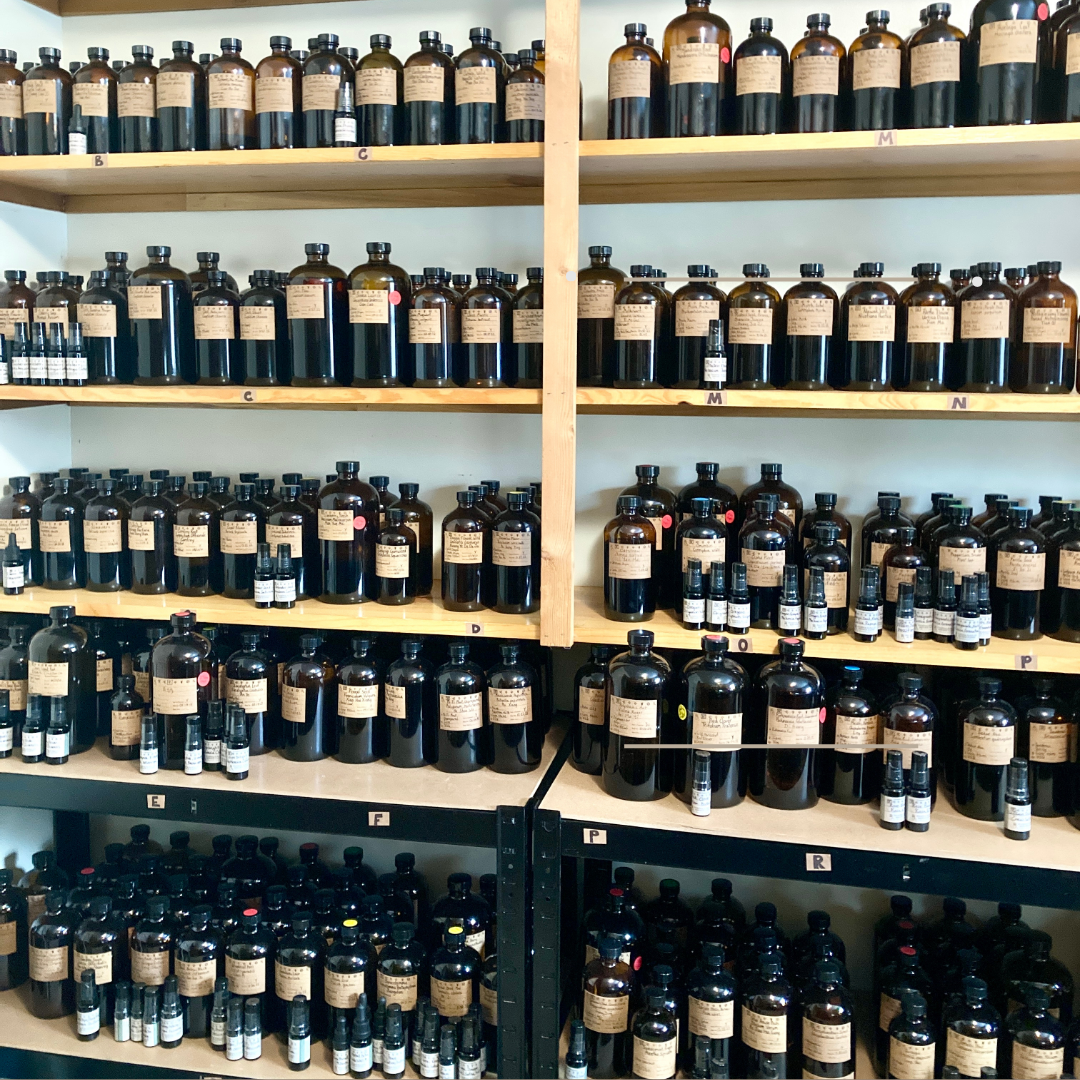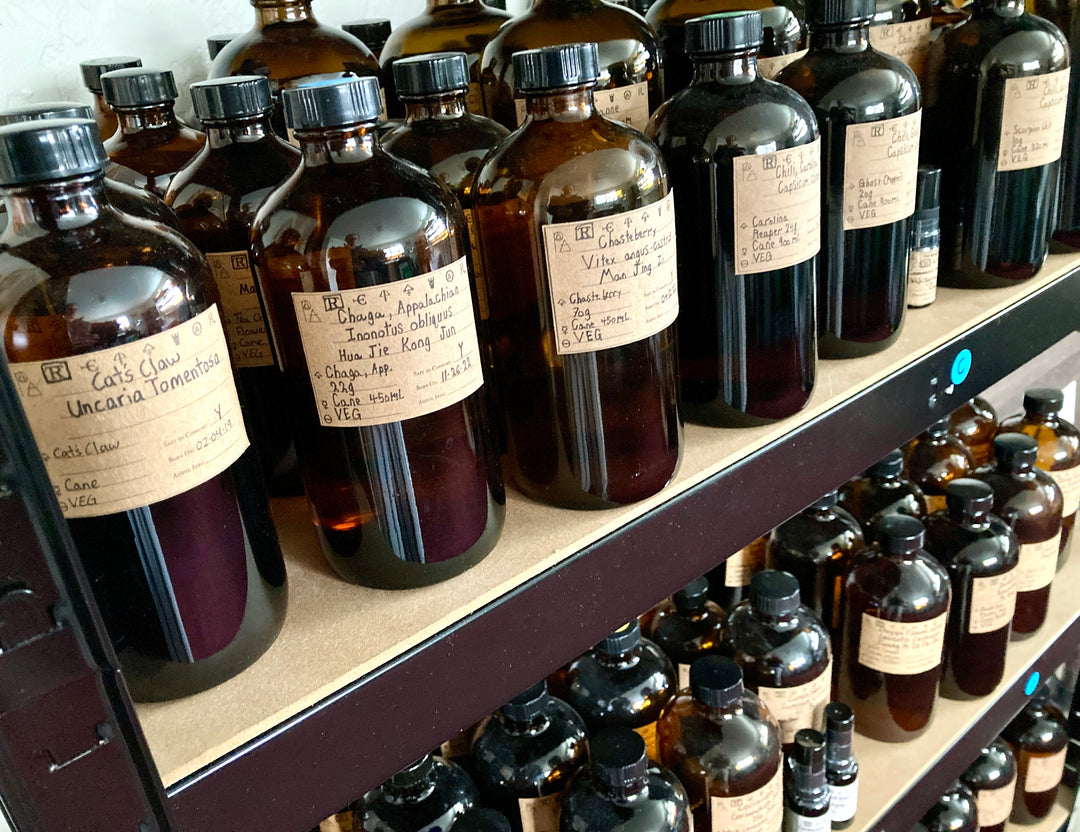About The Plant:
Osha root, Ligusticum porteri, has been used by Native Americans for more than a millennia for its medicinal effects. This perennial herb is part of the carrot and parsley family (Apiaceae family), and grows in the deep rich soil in parts of the Rocky Mountains and Mexico. Osha can easily be confused with wild poison hemlock, but can be differentiated through its roots. This herb is known by many names, including: Porter's lovage, bear medicine, bear root, lovage, wild lovage, Indian root, Indian parsley, wild parsley, mountain ginseng, mountain carrot, and chuchupate, among others.
The osha plant can grow up to 3 feet tall, has leaves that look like parsley, sports small white flowers, and has dark brown roots with a pungent and distinctive smell.
Shawn Sigstedt, an ethnobotanist who lived and studied with the Navajo Indians of the American Southwest, tells of a story about the brown bear's affinity for osha roots in which the bear would eat the roots and rub them all over its fur. Thus, the Navajo credit the brown bear with showing them this plant ally. The American Herbal Pharmacopoeia also mentions that bears would actually search out osha root in the springtime after their long hibernation. Being that osha is the name for 'bear' in a Native American language (which language, we don't know), this is how this healing root got its name.


Osha is "At-Risk":
Because osha is extremely difficult to grow in cultivated areas, it is almost exclusively wild-harvested. With the rise of this plant's popularity over the past few decades, this "bear root" is at risk of becoming an endangered species very soon if we don't take better care.
Recent studies have shown how osha has taken full advantage of the ecological opportunity left over by bark beetle infestations on conifer trees in the high elevations of southern Colorado. Osha is a hardy plant and quite resilient if left to its own devices, and will regenerate and replenish itself when harvested responsibly. If we as consumers only support small businesses who use sustainable wild-harvesting practices, it will make a collective impact for the betterment of this wonderful plant.
Historical Uses:
Osha root has been used by North American indigenous groups for a very long time. It has been traditionally used as a ceremonial drug, incense, food, and medicine. Medicinally, they used osha root to help with diseases of the lungs including: pneumonia, colds, bronchitis, tuberculosis, and hay fever.
In Mexico, osha root was used by the Tarahumara people who believed it could protect one from witches and rattlesnakes, and enable one to connect with the spirit world.
Osha root has historically not only been used for lung related issues, but it has also been used to relieve indigestion, body aches, and sore throats.
This plant has been used ritually by Native Americans, and is associated with good luck, protection, love, and fidelity. Native elders are often given osha root as a gift, and the root is often carried around as a good luck talisman.

Our Osha Root:
Resources:
Ligusticum porteri. Wikipedia. Published January 20, 2022. https://en.wikipedia.org/wiki/Ligusticum_porteri
Heidi. Osha: A Supportive, but At-Risk Plant Ally. blog.mountainroseherbs.com. https://blog.mountainroseherbs.com/osha-a-plant-ally-needing-our-protection









